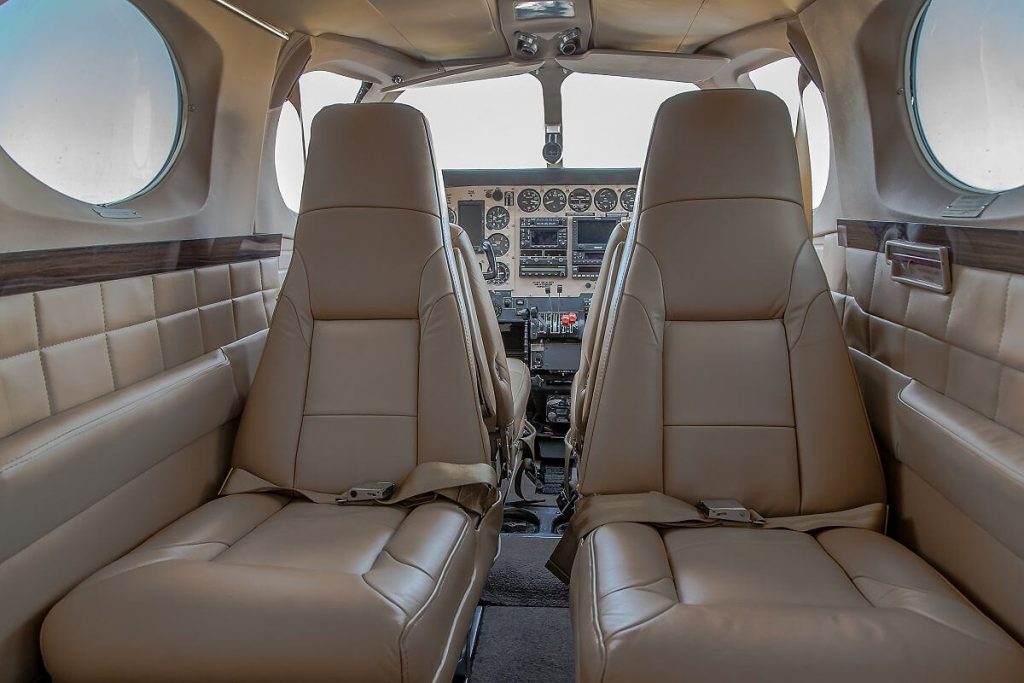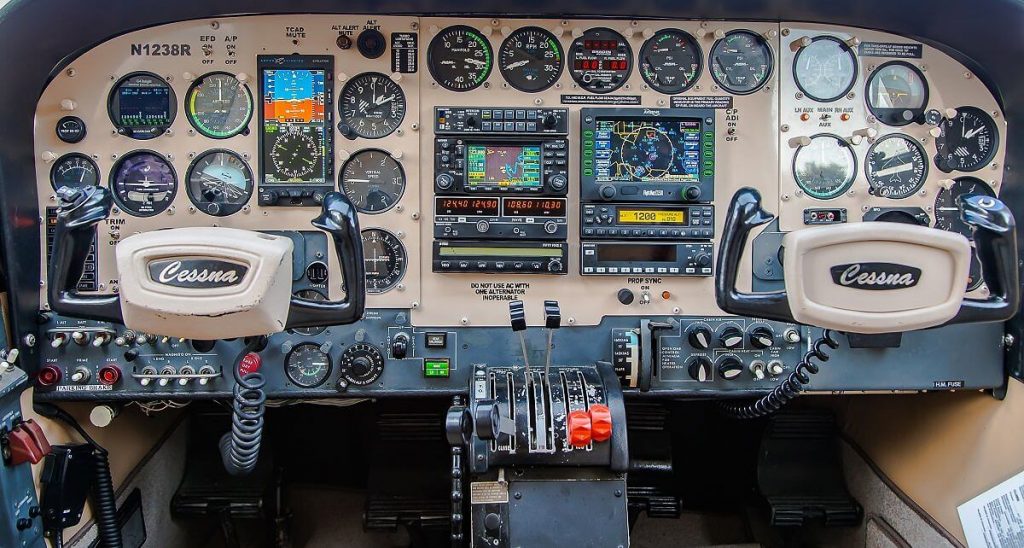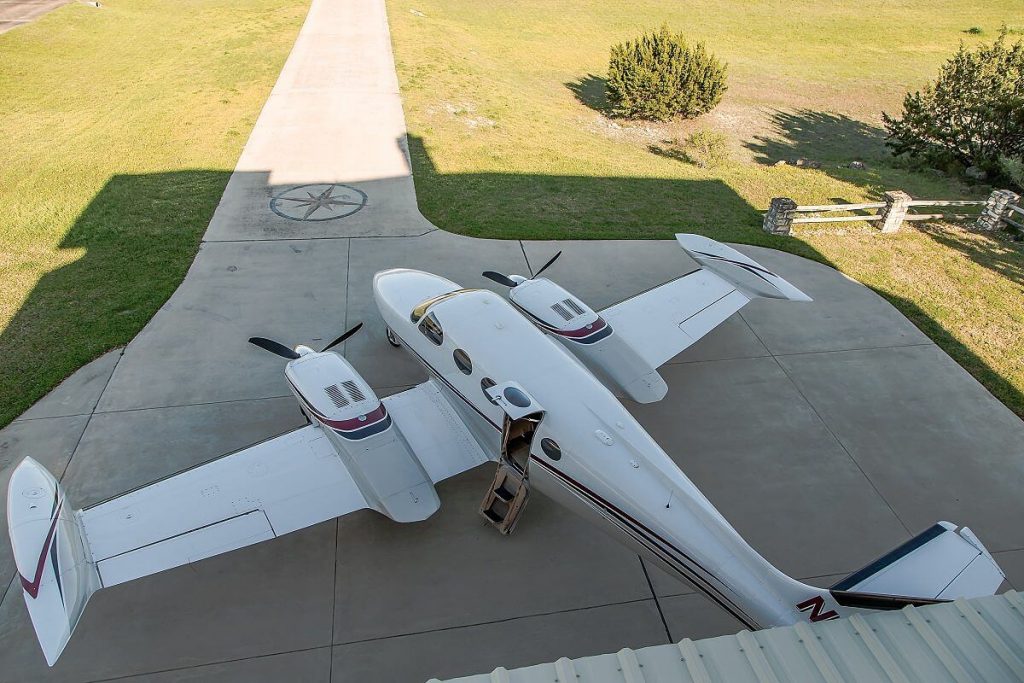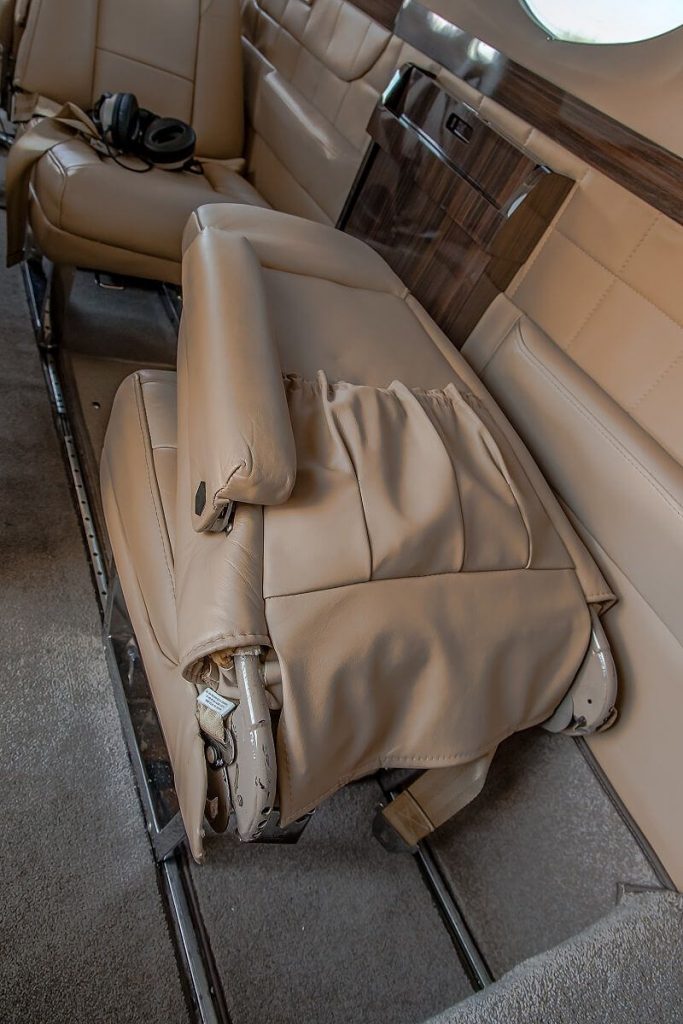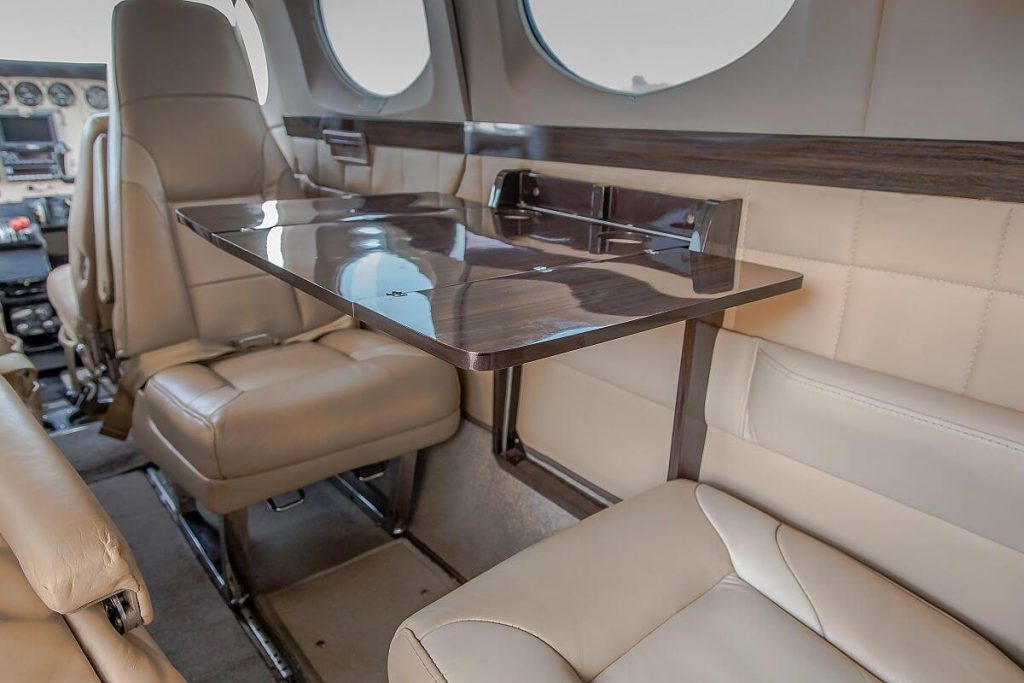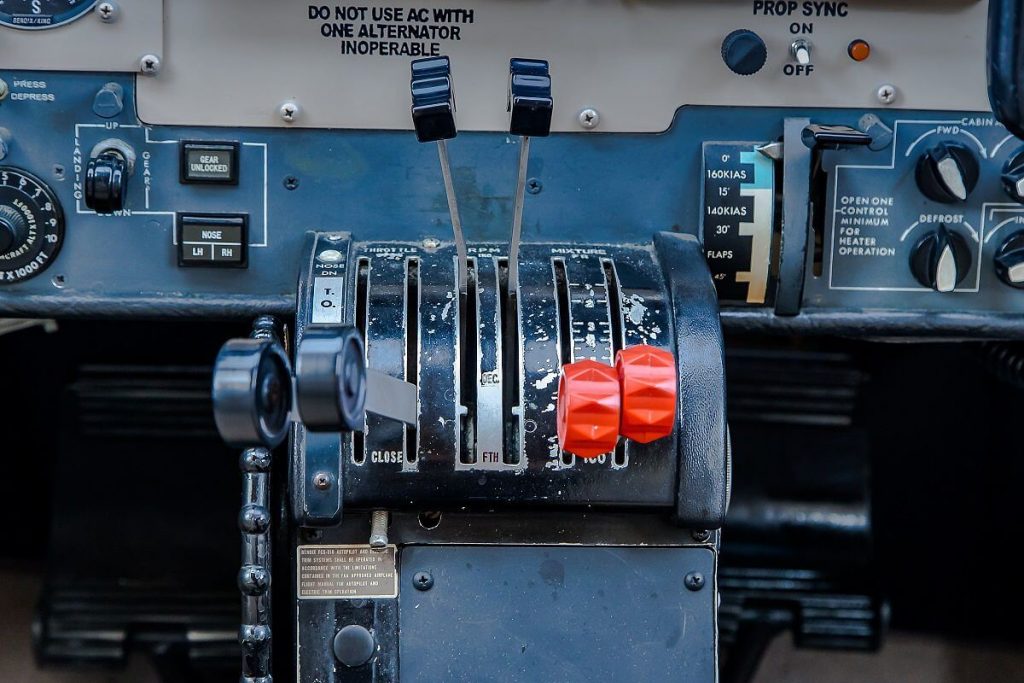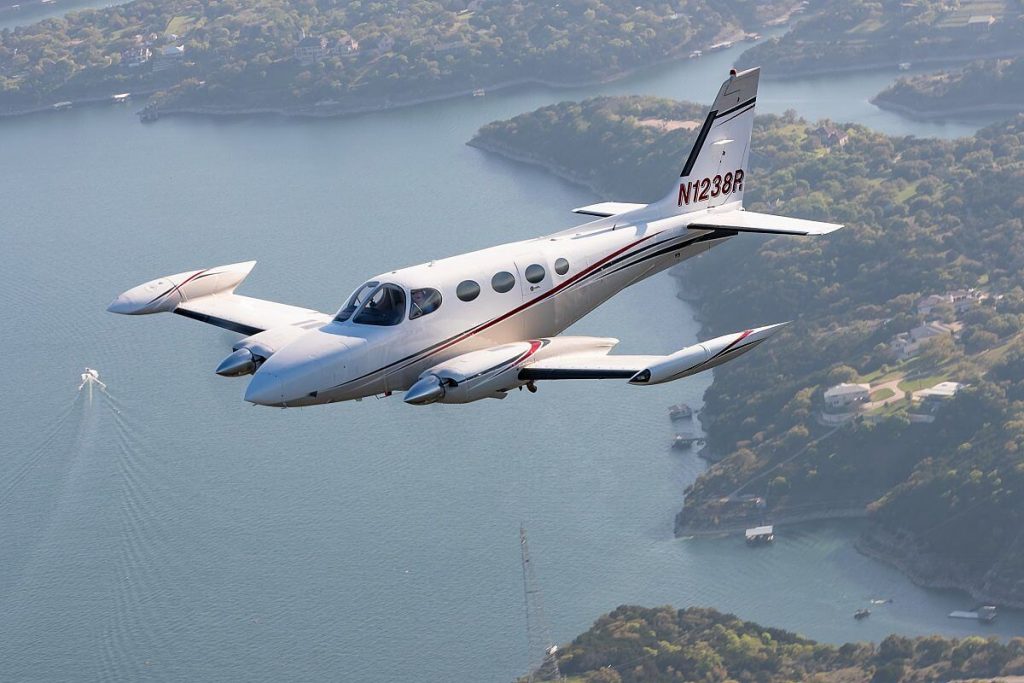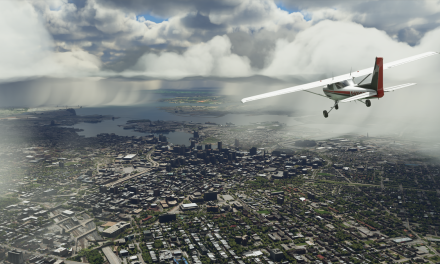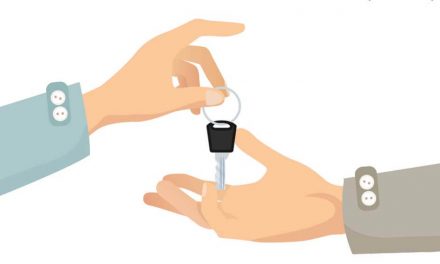
Glenn Chiappe flies this 1977 Cessna 340 for LTX Consulting in Austin, Texas.
Photos by Jack Fleetwood (www.jackfleetwood.com)
By Glenn Chiappe
Glenn Chiappe flies N1238R for LTX Consulting in Austin, Texas, and flew the 340 for the photos in the June issue of Cessna Owner magazine. We asked him what he thinks of the twin.
Typical trips are in the 1- to 3-hour range and the 340 gives good service in the “teens” for cruise altitude. This particular airplane has gyro-smooth RAM engines and typical cruise for me is 30-32 inches of manifold pressure, 2300 rpm at 190-195 knots TAS, and we see about 17 gph per side ROP. The fuel system is complex with six fuel tanks, but once you understand it, it’s quite easy to deal with. This airplane has two nacelle fuel tanks that bring our fuel capabilities to 203 gallons total.
The upgraded S-TEC 55X autopilot and Aspen PFD make IFR ops in this airplane very comfortable. This airplane also has the Keith “electric” air-conditioning, which is highly desirable (in my opinion) to the factory system that was hydraulically driven (the other 340 that I fly does not have as good an environmental system). The Keith system is much better at keeping the passengers cool on those hot Texas summer days. At altitude, we can almost always keep the cabin comfortable using the pressurization air, and not needing to fire up the gas-burning heater. That is usually only needed in extremely low temps and it works very well. This particular airplane is not certified for flight into known icing, but the boots and alcohol systems are nice to have should we descend into something unexpected.
The 340 is a straight-forward airplane to fly. Useful load is just over 1,700 pounds. CG likes to have us fill the nose baggage compartment if we have passengers in the back seats. The airplane will fly off the runway at very low airspeeds, but we like to hold it on the runway to Vmc plus 10 or more should we have an issue with an engine. Approaches are flown at 110 knots and we can hold blue-line (or better) all the way down final with full-flaps, gear down, and carrying some power during the final. The two big Hartzell Scimitar propellers will slow the airplane quickly when the throttles are brought to idle in the flare. Touchdown is a non-event.
Overall, the Cessna 340 is a very capable airplane. The pressurization system makes passenger comfort excellent, and the cabin size is good for a personal twin-engine aircraft.
Click on a photo for a slideshow popup.

